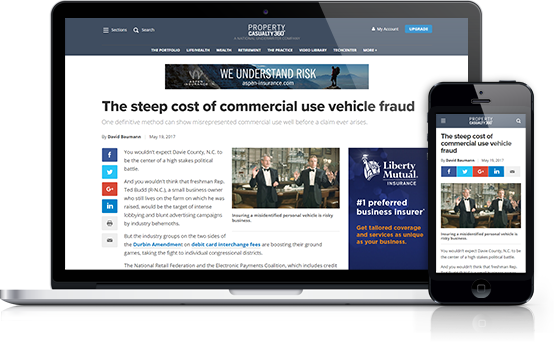Every day brings new press releases of company layoffs and spending cuts. More quietly, many independent insurance agencies are making cuts as they lose accounts, their clients eliminate exposures and their profit-sharing shrinks. However, many of these cuts are being made without adequate forethought. Some will cost more in time and effort than they actually save, while others will impair or even permanently disable the futures of these corporations and agencies. Penny pinching A major industry magazine recently published an article with a list of cost-cutting ideas for independent agencies. The recommendations included trimming entertainment expenses, shopping more carefully for office supplies, cancelling unnecessary magazine subscriptions, getting a better phone plan, prohibiting producers from cheating on their expense accounts and deferring IT upgrades. The problem with these ideas is that unless the agency is poorly managed, making such cuts will do little to really help in these economic times. In fact, if making such cuts does make a material difference, then the agency probably needs to change a lot more than to simply tightening up these expenses. In well-run agencies, such expenses are just too small to matter. Consider for a moment how much the average agency spends on these items. According to the March 2008 Hales Report, the average agency spends 1.7 percent of its revenue on travel/entertainment, 1.4 percent on office supplies and printing, 0.7 percent on dues/subscriptions and contributions and 0.9 percent on telephone expense. This totals 4.7 percent of revenues and includes many more expense items than the author noted in his expense-cutting list. If an agency could cut 50 percent of these expenses, the savings would be 2.35 percentage points of revenue. Unfortunately, such a savings is impossible for a going concern without damaging the long-term viability of the enterprise. More likely the savings is going to be 1 percentage point or less of revenue–and if 1 percentage point of revenue makes the difference between an agency surviving in this economy or dying, the agency has far more severe problems than penny-pinching subscriptions. Moreover, by cutting some of these expenses–postponing IT upgrades, for example–the agency is likely to impair its future productivity. Additionally, the savings would not be the full 1 percentage point because it costs money to save this 1 percentage point. For example, someone has to study all of these minor expenses and decide what to cut, and then probably argue with others in the agency about the cuts. Next, someone has to spend considerable time shopping for savings. Finally, someone has to monitor the expenses to ensure the expense cuts stay cut. What makes more sense, spending hours penny pinching or using that time to sell? Layoffs The big-ticket expense item in agencies is compensation. The average agency spends 65 to 75 percent of its revenues on compensation, including that of owners. It is a lot easier to shave expenses when examining items that make up 65 to 75 percent of one’s budget rather than looking at items that make up less than 5 percent. Plenty of managers recognize this, which is why they focus on saving money by laying people off. But too many layoffs are short-sighted and damage the long-term viability of the business. Not only do good people lose their jobs, but layoffs, especially laying off good people, sends the wrong message to clients, vendors, carriers and the remaining employees. It sends the message that the business has not been well managed and its future is looking grim. Such cuts are reactive, not proactive. Compensation can be trimmed much more intelligently. Make smart cuts With forethought, dedication and discipline, agency owners can cut expenses proactively and intelligently. “Smart cuts” send a positive message that the agency is strong and that the cuts will help build the agency for the future. Three key areas where agencies have an opportunity to reduce expenses while building a stronger agency:





 Copyright © 2024 ALM Global, LLC. All Rights Reserved.
Copyright © 2024 ALM Global, LLC. All Rights Reserved.






